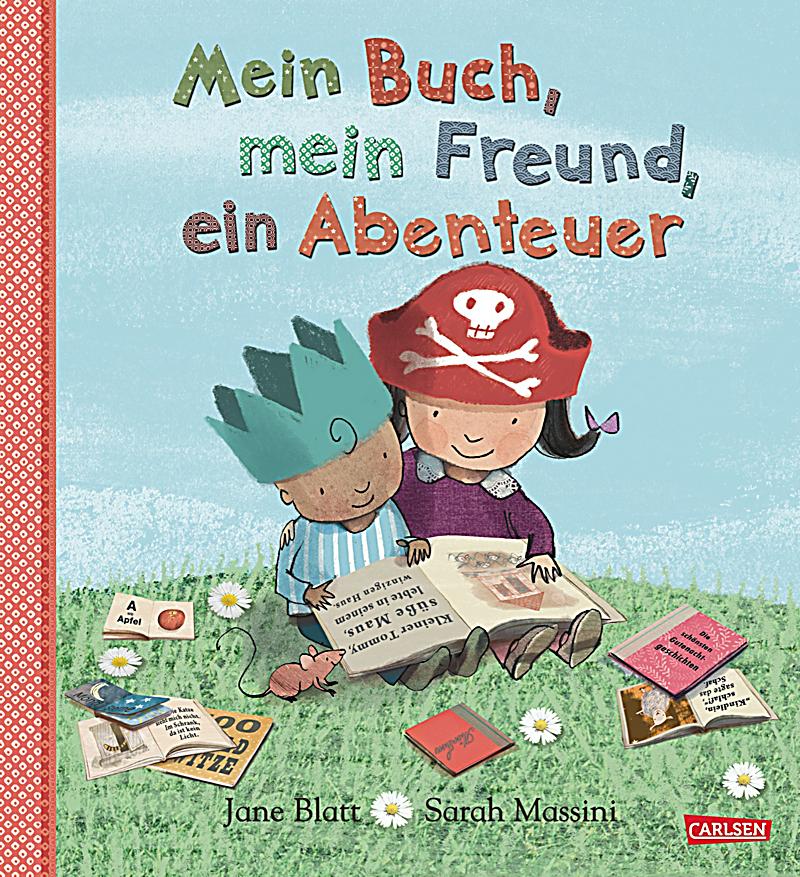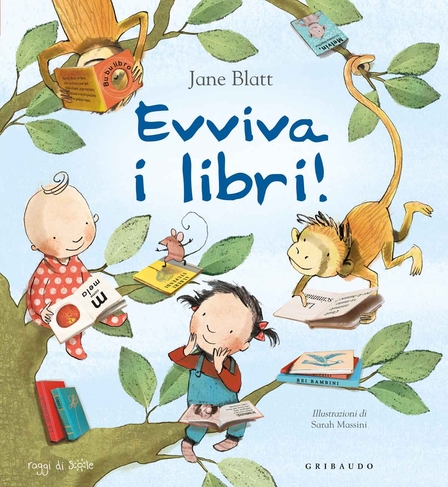The following lesson plan is based upon the story book "Vive les livres!" . I bought this last year in France and have been waiting and waiting for World Book Day to use the book in all its glory .
Vive les livres!
It's a very simple book with one phrase per page but very powerful images which make readers think about what makes a good book ! It uses phrases such as "livre gros" ( and the image is an elephant on a page) and "livre petit" ( and the image is a mouse on a page ) and "livre chapeau" ( well that's a book as a hat!)
In French language learning classes we will read the story book to the classes both at KS1 and KS2 .
With KS2, I have used the book as a stimulus to encourage children to think about all the types of books they might read and what their favourite books are.
It involves mime, performance , memory , a rhyme and then with Years 4 , 5 and 6 some written creative work ideal for a World Book Day display!
The children will have to consider types of books and think of their own favourite book.
The types of books we will introduce are based on the types of books that children will have exposure to in school e.g:
big book, small book, sad book , funny book , scary book , rainy day book ,sunny book, happy book , sports book , geography book , history book , a book to share etc
The story book "Vive les livres" ends by suggesting that there is a book for everybody at all times! The graphics are wonderful and the hardback copy of the book is large enough for the whole class to see .Want to know more then you can get a flavour of the book here ...
Take a look inside | ||
NB: Activities in italics are for Y4, 5 and 6 and you may decide that some of these activities are appropriate for Y5 and Y6 only
- First activity will work best if you have real books that show the different types of books that we are describing and practising with actions linked to the book types. However you could use a mixture of real books and also pictures of the type book you want the children to guess, say and add an action for each type of book
- Put the books / mixture of books and pictures or pictures on display at the front of the classroom
- Look at each book and say the book label phrase that matches the type of book you are showing the class and ask the class to decide what they think the label must mean
- Add a voice to the labels e.g .a scary voice , a big voice, a long and tall voice , a happy in the garden voice etc. Ask the children to say the phrases with you / without you / to a partner.
- Can they now think of an appropriate action for the label of the book .Each action must have a movement to explain the type of book and an open palm action to depict “a book” (e.g. sunshine book could be: right hand high up in the air wide open and opening and shutting (to represent the sun) and then both hands at waist height as open palms to depict a book.
- Can the children work with a partner to create their own actions to represent the book labels ?
- Now the children should create their own “visual performance book shelf” , saying each type of book with the voice and the action the class has associated with the type of book.
7. With
Year 4 , 5 and 6 share the
written labels(as large labels ) for all the books – stick these to the flip
chart or whiteboard or bring them up on the interactive whiteboard.
Year
4, 5,and 6 activity – working in pairs - can the children in Y4 ,Y5 and Y6 see
if they can recognise any of the labels and decide with which book they think
the label belongs and with which voice and action the book label belongs.
Playing games with the types of books
- Play one or two simple games to recall the key language that all the children have spoken and practised : You could …..play a simple game of charades / a game of Simon says / a game of say it if the action I am doing matches what I say / Chinese whispers
- With Year 3 play this as a class game (where the teacher reads the labels and challenges members of the class) and with Year 4,Y 5 and Y 6 play this as games on their tables or in groups of 4-6 children .Each table or group will need a set of book labels. Place the book labels face down . Children take it in turns to turn over the labels, say the type of book and then challenge another person to try to name a book they have read or can think of that matches the label . Encourage the children to think out of the box so for example a hat book – may be a book where the character wears a hat e.g. Room on the Broom has a witch in a hat or Paddington wears a hat and a garden book may be a book that they have looked at about flowers or a book where the children play in a garden etc.
Year 4,5 and 6 :Can the children think of other types of
books that they can describe by being
creative and inventive with language they know e.g. “animal book / sport book/
geography book /food book/ art book etc
My favourite
book is ……
- Can the children tell their partners or their tables their favourite book title and the type of book it is . They must select from the books we have labels for !
- Now generate a rhyme with the story labels and the final two phrases ”books are for always and books are everywhere “ in French , in Spanish or in German. The phrases should be said in the order they are on the chart first time through and with the actions the class or pairs have created
Two Extension Activities .
- Either
All
year groups …….Can the children
pick out their favourite types of books from the label list and create their
own rhymes always ending the rhyme with “books are everywhere and Books are for
everybody “
- Or
With ………Y4,Y5,Y 6 a possible creative written
activity :
Year 4 - write a statement about their favourite book – my favourite book is
(name of book . It’s a (type of ).book written with a design on paper or cardr to look like the outside cover of their
favourite book.
Year 5 - write a short message in a
bottle about two favourite books and the type of books they are…. With a desert
island disc theme – which two books would you want to take with you and then
send to other people from your desert island in a bottle as a special message?.
Year 6-
write a draft tweet about a favourite book, the type of books it is and why they like it..in just 140 characters ! Our classes love this idea!
You
may want to let the children be inventive and use bi-lingual dictionaries for
types of books. Children can include a picture with their draft tweet , either
as a drawn picture of a character or the book cover or as an IT follow up
activity where they write a draft tweet and add a digital link to their favourite book etc
And the good news is that this book exists in German and Italian!Thanks to @lisibo for tracking them down!
Here's the Italian version too .....
And the good news is that this book exists in German and Italian!Thanks to @lisibo for tracking them down!
Here's the Italian version too .....



The current topic in my school is "Everyone is a reader", so as soon as I read this post I knew I was going to do these amazing activities :)
ReplyDeleteI started with Year 3 today and they absolutely LOVE the activities. They came up with lovely actions for the name of each book and they had a lot of fun with the vocabulary games. They even had time to write simple sentences about the books they like and dislike.
I will teach another lesson tomorrow to Year 5 and take some pictures of the activities.
Thank you so much for sharing your resources and activities, I love your creativity and I am a huge fun of the authentic books you recommend :)
Noelia RG, from Languages in Primary Schools